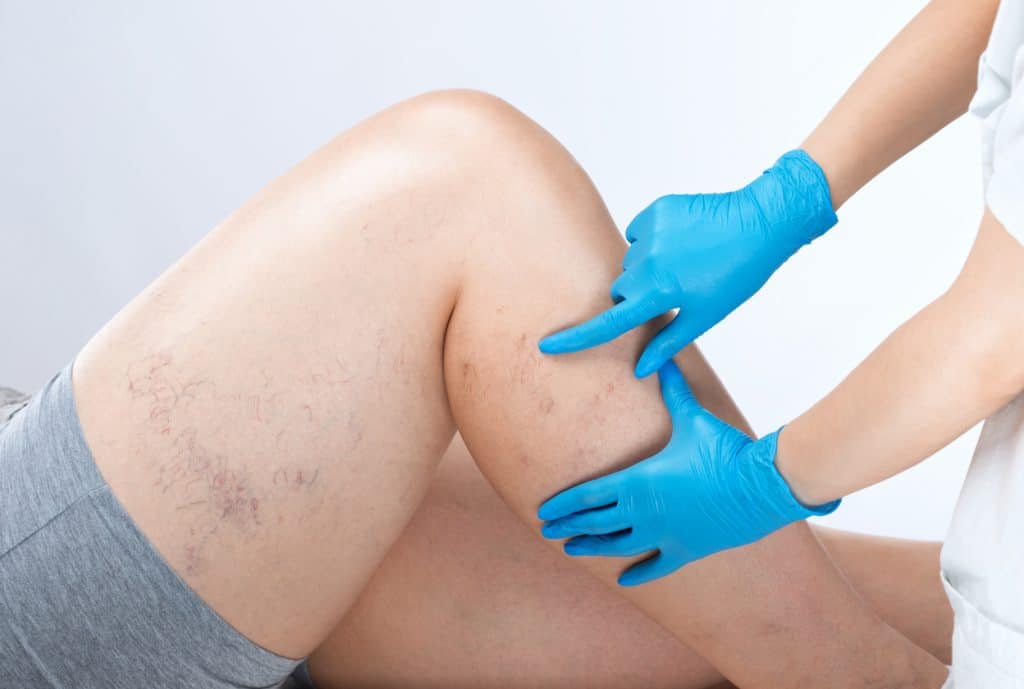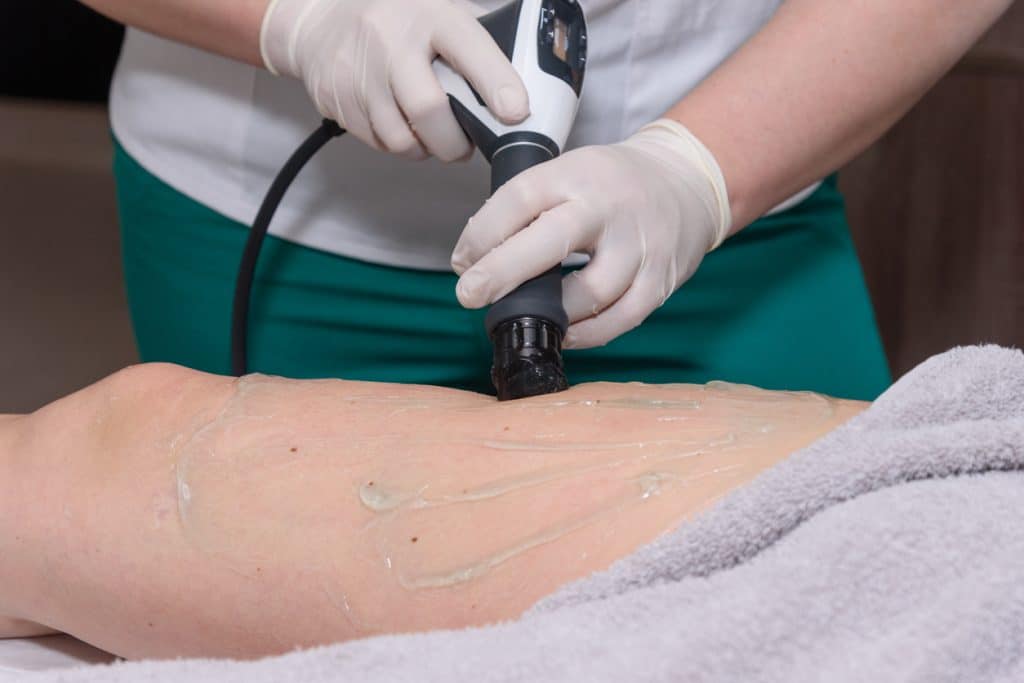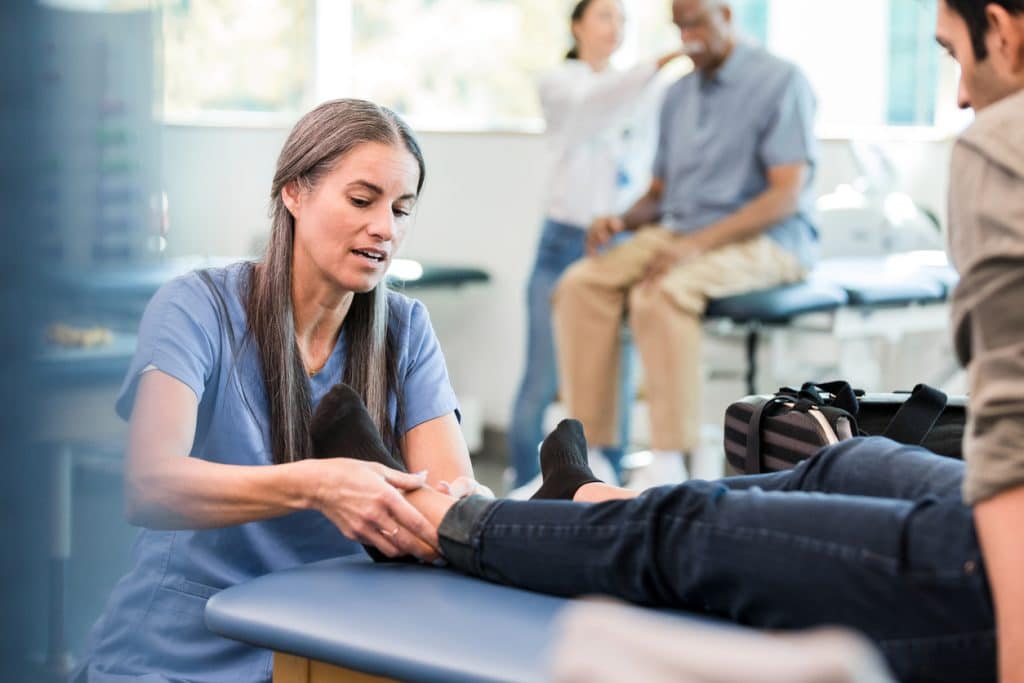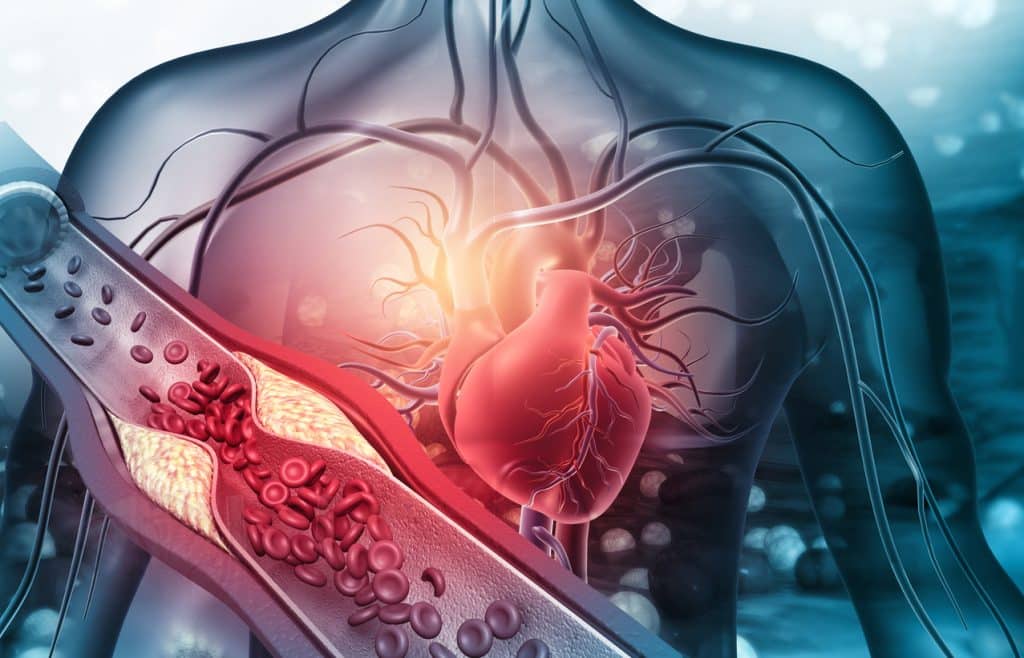Nearly two decades after the ground-breaking uterine fibroid embolization (UFE) procedure was introduced, the minimally invasive option to treat uterine fibroids still lags far behind hysterectomy, according to a recent medical study.
Even with nine out of 10 women realizing significant improvement and cessation of symptoms, with UFE, patient access as well as the education and awareness about the procedure still persists. This is according to the study presented at the Society of Interventional Radiology’s annual scientific meeting in March 2017.
The key to increasing access is raising awareness of the procedure and educating patients of all their treatment options for uterine fibroids. This education process should begin with the patient’s primary doctor or OB/GYNs.
What Are Uterine Fibroids
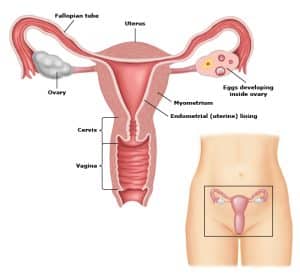 Fibroids are benign growths that grow from the muscle of the uterus. They are often called uterine leiomyomas or myomas. Fibroids can also spread to other parts of the body such as the vagina and bladder through an abnormal connection (fibroid tumor). Fibroids are not cancerous and rarely become malignant. It is difficult to determine if a mass in the uterus is a common fibroid or a rare cancerous tumor.
Fibroids are benign growths that grow from the muscle of the uterus. They are often called uterine leiomyomas or myomas. Fibroids can also spread to other parts of the body such as the vagina and bladder through an abnormal connection (fibroid tumor). Fibroids are not cancerous and rarely become malignant. It is difficult to determine if a mass in the uterus is a common fibroid or a rare cancerous tumor.
Fibroids are common in women. Approximately 80 percent of females will develop fibroids at some point in their lifetime. Though not all women experience bothersome symptoms. Treatments are available for fibroid-related problems like heavy menstrual bleeding, pain or pressure in the pelvis, or problems with pregnancy or infertility.
Risk Factors Of UFE
Although the exact cause of fibroids is unknown, they seem to be influenced by female hormones estrogen and progesterone. Experts have identified several factors that might influence a person’s risk of developing fibroids, including age at first menstruation, specific genes, lifestyle, and number of pregnancies. But anyone can develop fibroids despite having no known or theoretical risk factors. This is why Uterine Fibroid Embolization Education is important.
Uterine Fibroid Studies
“It is vitally important that anyone who comes for treatment of fibroids be presented with all of the possible treatment options. Then they can make their own informed choice,” said Prasoon Mohan, MD, MRCS, an assistant professor of clinical IR at the University of Miami Miller School of Medicine whose team conducted the study.
A study analyzed data from the 2012 and 2013 Nationwide Inpatient Sample (NIS). This is the largest all-payer inpatient health care database in the country. This study is used to quantify the use of UFE relative to hysterectomy.
The researchers found that 167,650 hysterectomies were performed in these cases vs 2,470 UFE treatments. UFE resulted in hospital stays of 2.16 days vs 2.32 days for hysterectomy and cost approximately $21,583 vs $33,104. Women who chose UFE had more chronic conditions than did women who chose hysterectomy. In addition, rural hospitals performed 0.4% of UFE treatments but 9.4% of hysterectomies, and small hospitals performed 7.9% of UFE treatments versus 67.4% in large hospital systems.
The National Institutes of Health estimates nearly three out of four women will develop fibroids by age 50. These develop from uterine muscular wall tissue and can vary in size from small to very large. Women who are overweight, black, older than 40, have high blood pressure, have had no children, or have a first-degree relative with fibroids are at higher risk of developing them. Fibroids are usually asymptomatic but can cause heavy menstrual bleeding, pelvic pressure or pain, abdominal enlargement, pain with intercourse, constipation, and frequent urination.
What Is UFE Treatment?
During a UFE procedure, an interventional radiologist inserts a thin catheter into a wrist or groin artery and guides it to the fibroid’s blood supply. Particles the size of sand grains are released and block small vessels that feed the fibroid. Typically, the fibroid softens, bleeds less, and shrinks. The main side effect is severe cramping in the first 12 to 24 hours after the procedure. This is treated preemptively with nonsteroidal anti-inflammatory drugs and a pain pump.
Not all women are candidates for UFE, however. There are still questions about whether women who plan to have children should undergo the procedure. Myomectomy in those cases may be the better option. There may also be cases where hysterectomy is the best option. Whichever option may be most suitable, women need should be informed that UFE is a possibility.
Our team of specialists at Coastal Vascular are dedicated to providing excellent patient care. Our goal is to maximizes results while minimizing the time you spend at our clinic. Coastal Vascular Center specializes in treating Uterine Fibroids. Contact us today for more Uterine Fibroid Embolization Education.

